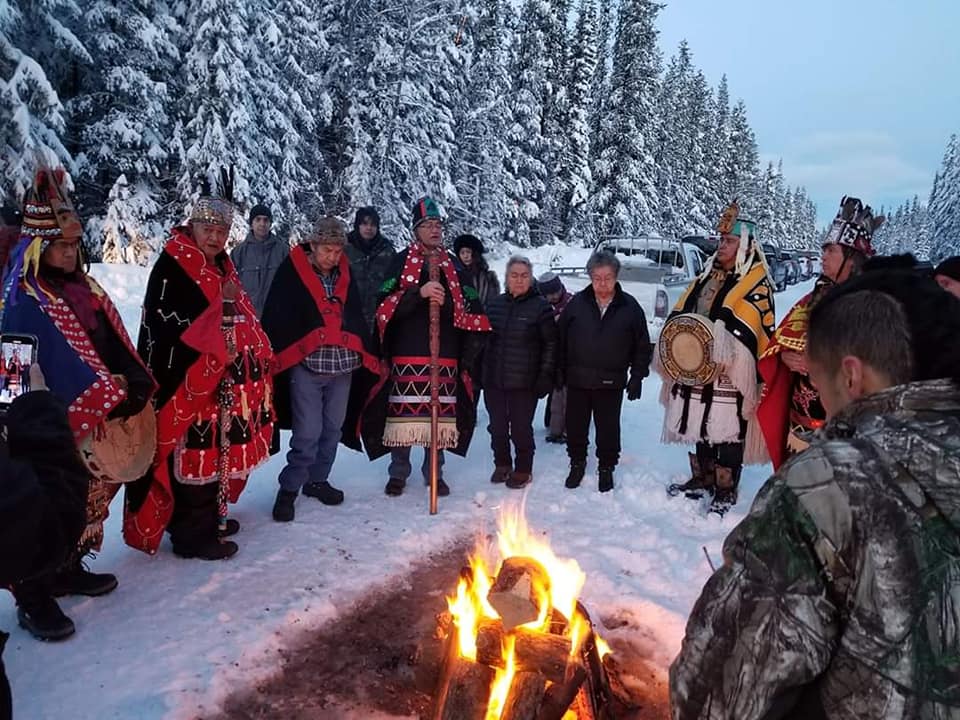Accountability to Community in Creative
Collaborations: Reflections on an Americans for the Arts workshop titled
“Artists at the Community Development Table.”
Home Beautiful Park, Fort Lauderdale.
Fifty of the most determined, knowledgeable and
experienced artists residing in Broward County gathered for a full day workshop
in the Home Beautiful Park neighborhood of Fort Lauderdale last Saturday at the
Mid Town Commerce Center (now,The Circuit) at 10th
and Sistrunk.
The workshop was made possible by a collaboration
between Broward Cultural Division and Americans for the Arts and was led by a
specialized team of two national and two local arts leaders.
Together, the group discussed theory and practice
of ensuring that the role of artists extends beyond just the realm of “art” and
into the spaces where decisions are being made about how to build a safer,
stronger, more resilient community. If
we are to succeed in moving through the many barriers that contribute to
socio-economic, educational and prosperity gaps, the perspective and insight of
diverse practicing artists must be incorporated into policy, planning and
design initiatives, not as an afterthought, but as a necessary part of healthy
and effective urban and rural development.
While there is much work to be done to normalize the value of artists at the table when it comes to community development, there are ample examples in ancient, recent and current history from which to draw. Our current ecosystem requires us to relearn the skills of communication, negotiation and collaboration. Participants practiced these during an interactive group session on paper tower building; working with our neighbors to plan, take action and accomplish a task. The importance of clarity, contracts and assigning equal worth to the work of an experienced artist versus an architect was discussed as were the crucial steps of designing appropriate entrance, exit and mitigation strategies for unanticipated contingencies in the work of developing a community.
Above all the real need was expressed for
identifying opportunities to design infrastructure that will help build
communities with equity. Much ground work, solidarity and understanding was
accomplished over the nine hour day. More time and attention is needed on this
subject in order to leverage the fullest possible impact that resident artists
can have on community development locally nationally, internationally.


